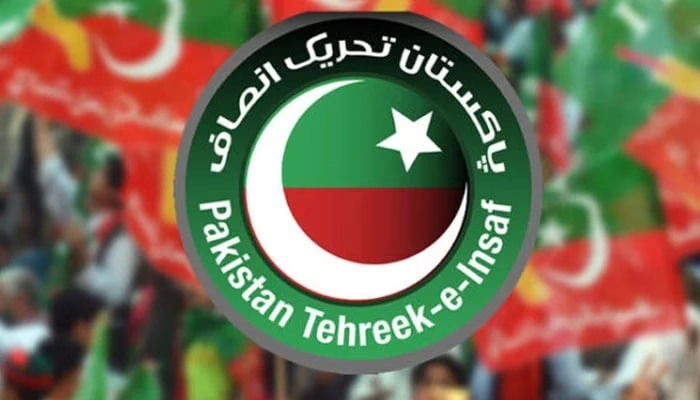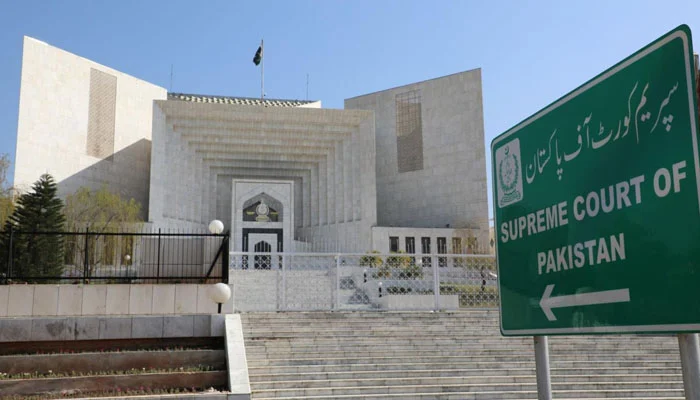Internal Rift: PTI Punjab Leaders Excluded from Protest Discussions
The internal dynamics of Pakistan Tehreek-e-Insaf (PTI) seem to be facing challenges as Punjab leaders find themselves sidelined from crucial discussions on the upcoming November 24 protest in Islamabad. This exclusion has sparked concerns within the party, especially given Punjab’s strategic importance in PTI’s political landscape.
Punjab Leaders Ignored in Meeting
Sources reveal that during a key meeting, senior Punjab leaders such as Hammad Azhar and Mian Aslam Iqbal were not allowed to raise issues or provide input related to Punjab’s role in the protest. Reportedly, Ali Amin Gandapur, a prominent PTI leader, dominated the proceedings, leaving little room for Punjab-based members to contribute.
Party insiders claim this lack of consultation is a major oversight, considering Punjab’s significant contribution to PTI’s support base. Members expressed frustration over the absence of planning for protests in Punjab and the challenges of mobilizing workers from the province.
Transportation Hurdles in Punjab
One of the biggest obstacles highlighted by PTI sources is the difficulty in securing transportation to bring workers from Punjab to Islamabad.
- No Transporters Available: It is reported that transporters in Punjab are unwilling to provide vehicles for the protest, a critical issue for logistics.
- Worker Mobilization Challenges: PTI leaders believe that better coordination with Punjab’s leadership could have addressed these logistical hurdles.
Shibli Faraz’s Revelation
Adding to the tension, PTI leader Shibli Faraz revealed that the party is under immense pressure to withdraw from the movement altogether. While he didn’t specify the source of this pressure, his statement underscores the growing challenges PTI is facing in sustaining momentum for its protests.
Why Punjab’s Role is Crucial
Punjab, being Pakistan’s most populous province, holds a pivotal role in PTI’s political strategies. The province has historically been a stronghold for the party, providing substantial voter support and active participation in political movements.
- Strength in Numbers: Mobilizing workers from Punjab can significantly bolster the protest’s scale and visibility.
- Symbolic Presence: A strong representation from Punjab would emphasize national solidarity in PTI’s protest efforts.
Ignoring Punjab leaders, therefore, risks alienating a critical faction within the party and undermining the protest’s potential impact.
Growing Internal Strains
The November 24 protest is not just a test of PTI’s organizational strength but also a reflection of its internal unity. The sidelining of Punjab leaders indicates deeper fissures within the party’s ranks.
- Leadership Clashes: The dominance of certain leaders in decision-making has reportedly left others feeling undervalued.
- Regional Disparities: The lack of coordination between central and provincial leaderships is creating bottlenecks in execution.
The Road Ahead for PTI
For PTI to overcome these challenges and make the November 24 protest successful, several steps are necessary:
- Inclusive Decision-Making: Leadership must involve all key stakeholders, especially those from Punjab, in planning and strategy discussions.
- Addressing Logistics: The party needs to engage with transporters and explore alternative solutions to facilitate worker mobilization.
- Resolving Internal Conflicts: Unity within the ranks is essential. Addressing grievances and fostering collaboration between leaders can strengthen the party’s efforts.
- Boosting Morale: Clear communication with workers and supporters, combined with transparent plans, can help reinvigorate the movement.
PTI’s decision to exclude Punjab leaders from discussions on the November 24 protest has highlighted internal challenges that could impact the party’s ability to organize effective demonstrations. With logistical hurdles and leadership tensions adding to the mix, PTI must act swiftly to address these issues and leverage Punjab’s critical role in its political strategies.



